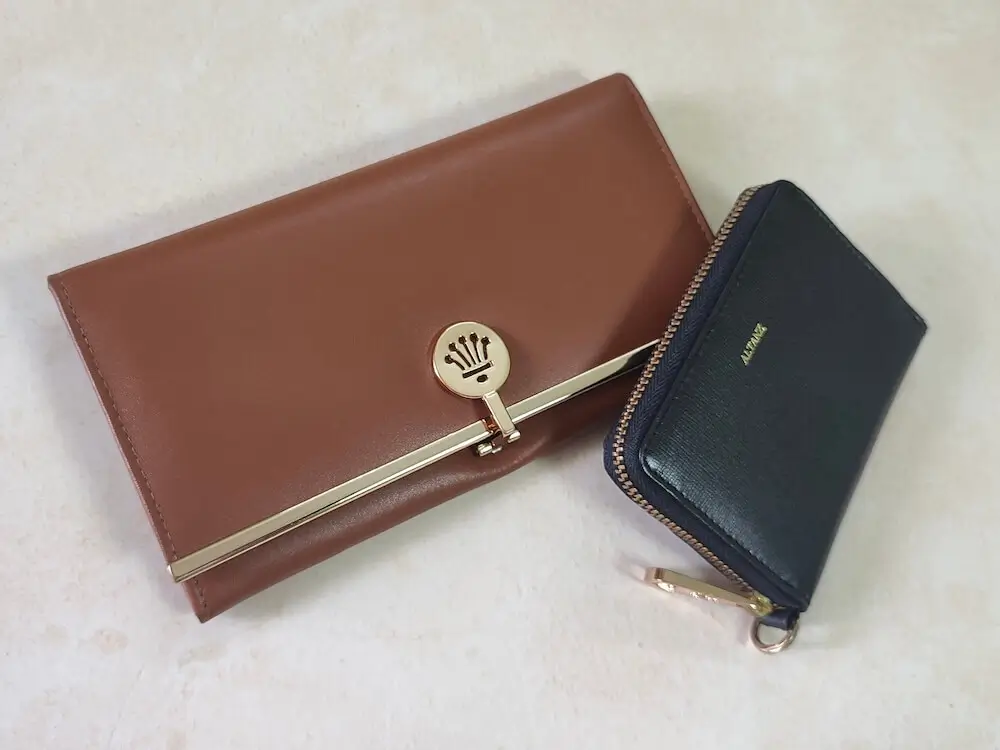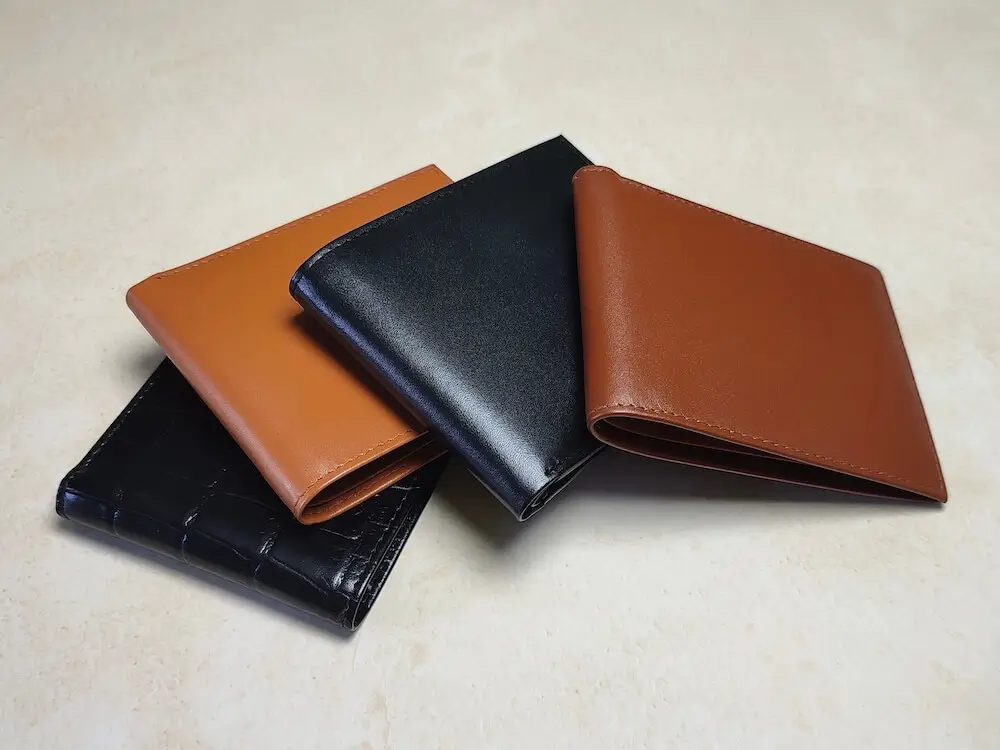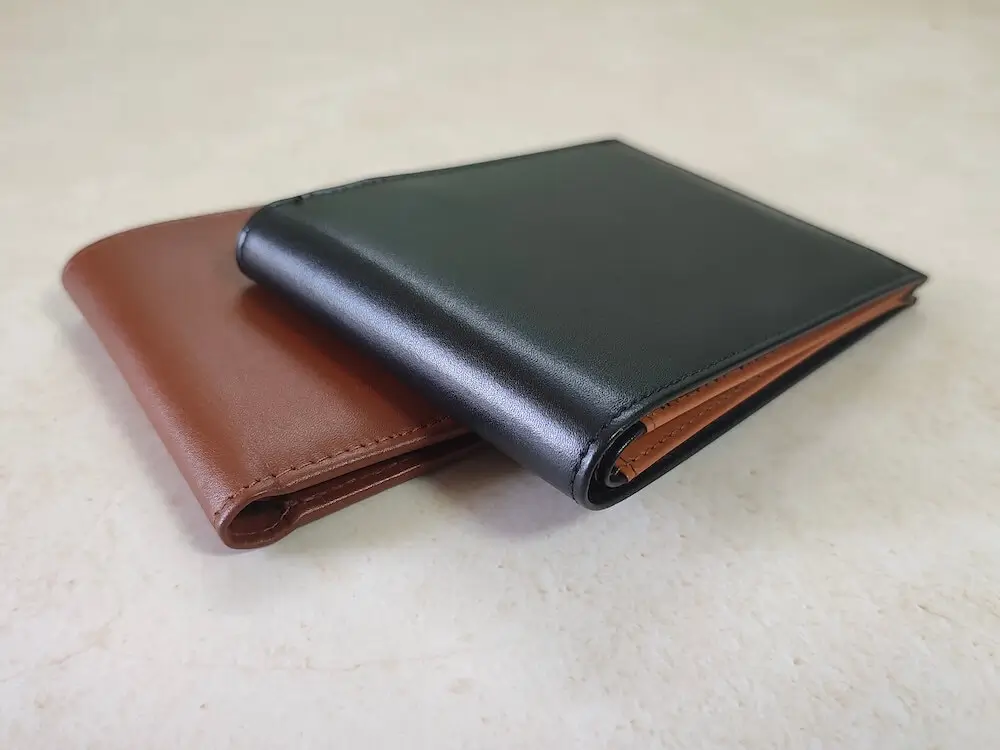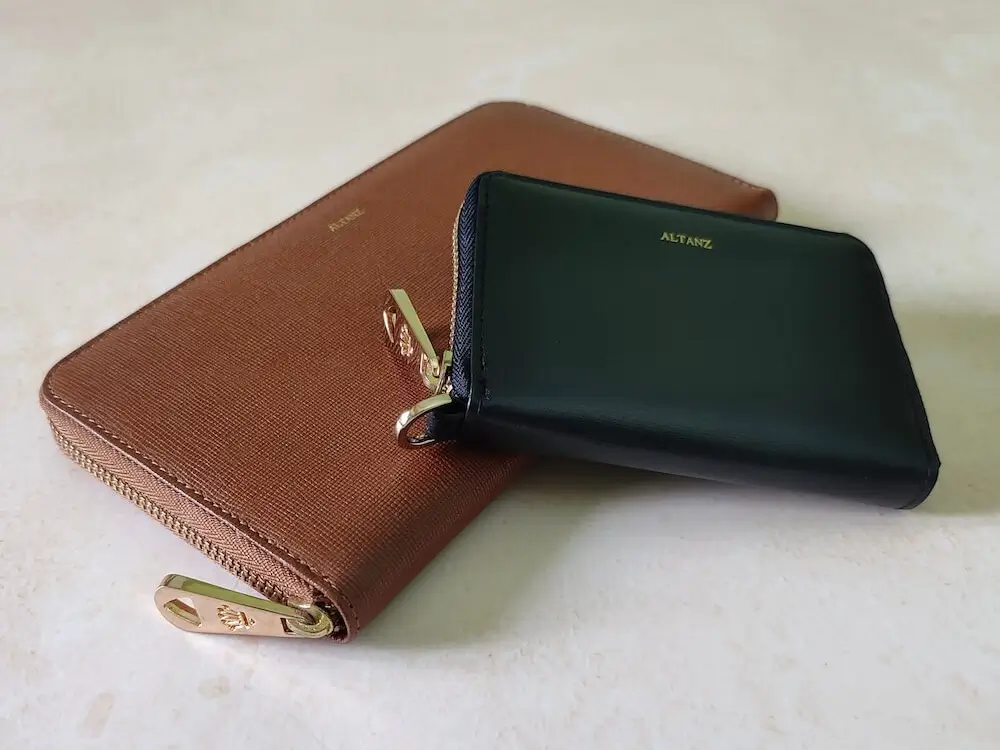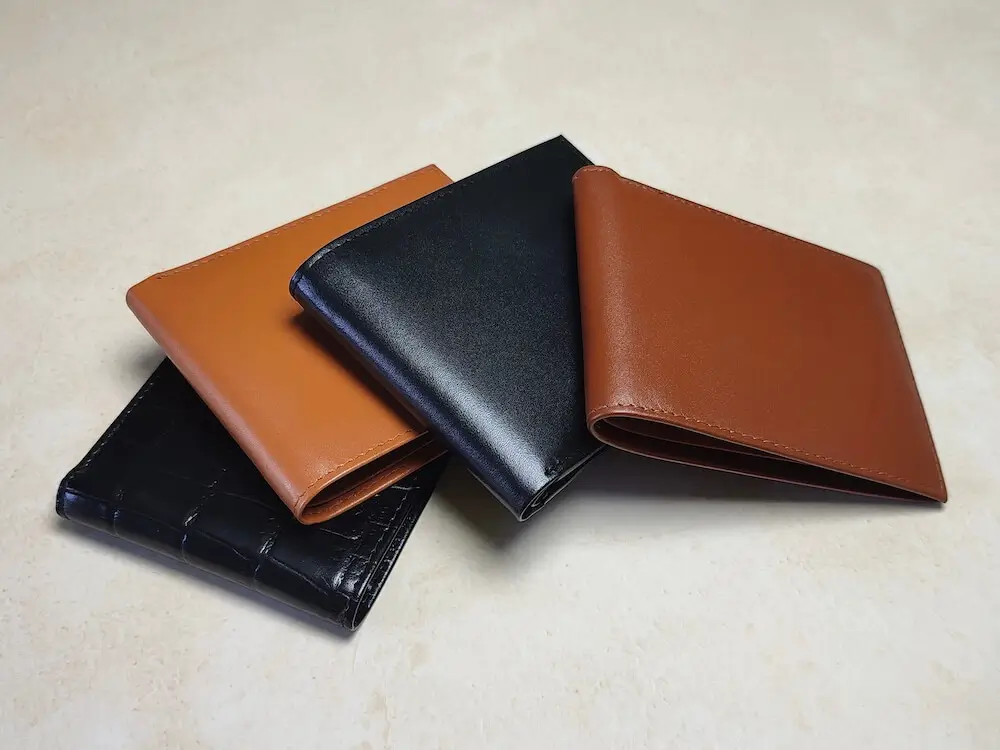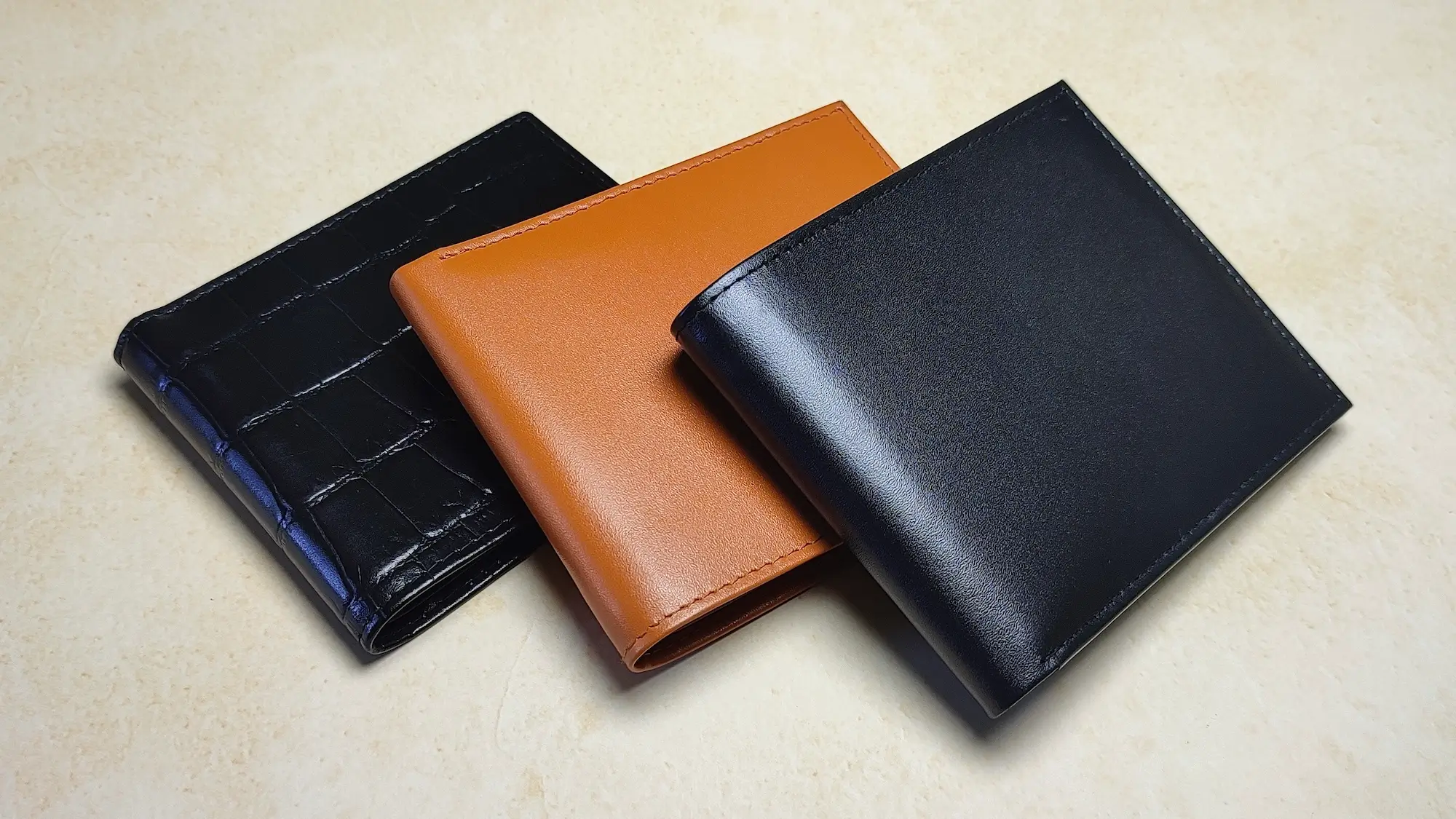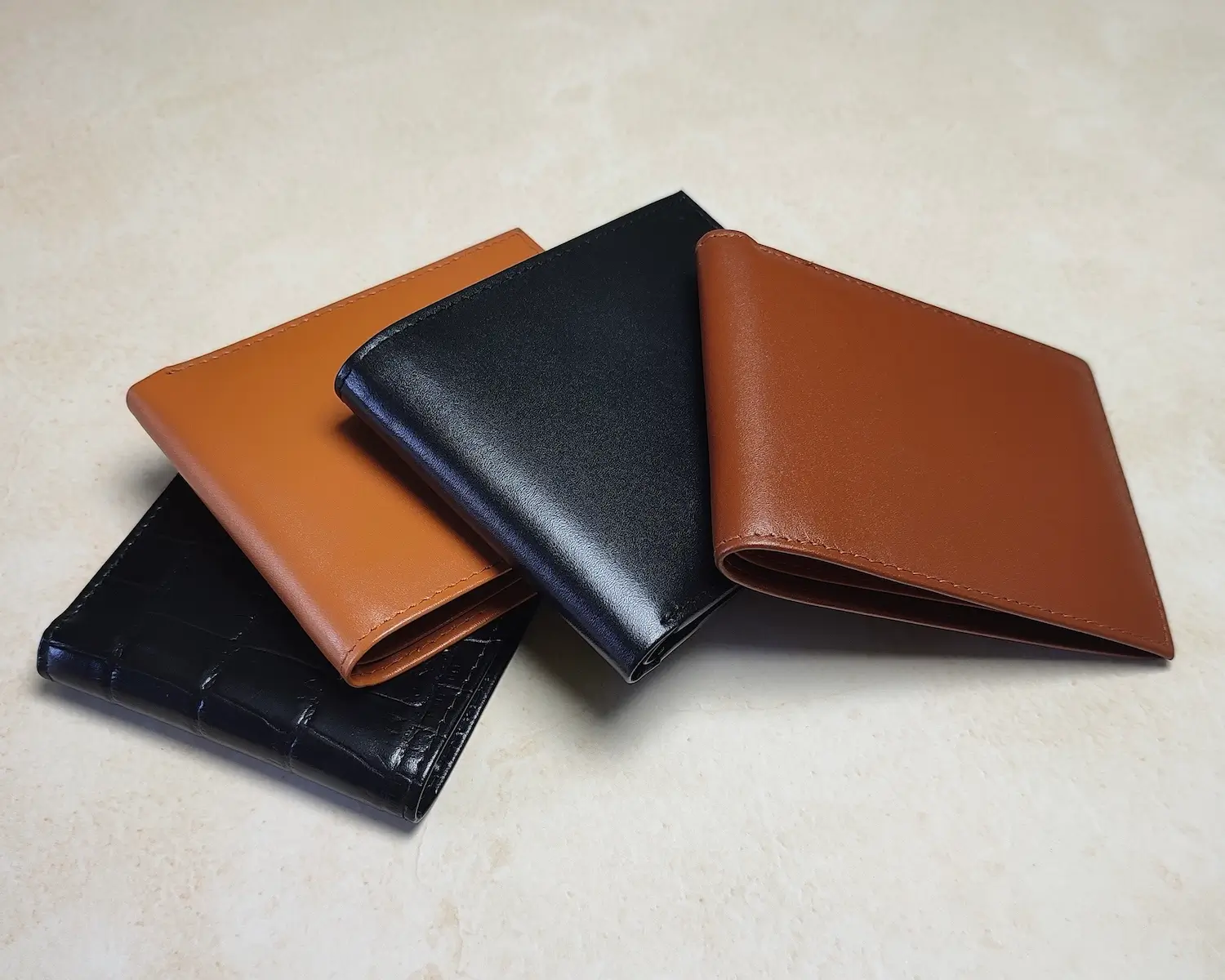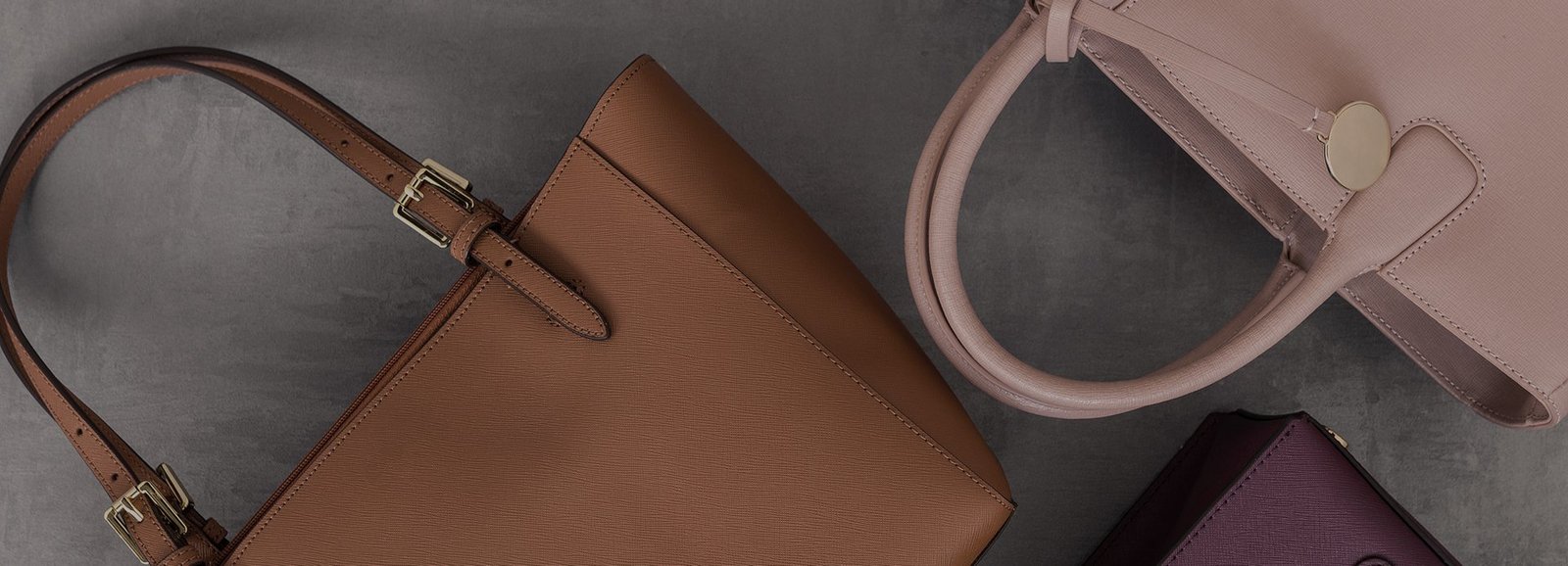Product Guides & Reviews
An Insider’s Guide to the Luxury Leather Market: Trends, Insights, and Opportunities
Introduction
The luxury leather market represents a fascinating intersection of craftsmanship, tradition, and innovation. With a global surge in demand for premium leather goods, the industry continues to evolve, offering new opportunities and challenges.
This guide provides a deep dive into the trends, consumer insights, and prospects shaping the luxury leather market today.
The Evolution of the Luxury Leather Market
The luxury leather market has grown from a niche segment to a global powerhouse. Understanding its evolution provides valuable context for its current dynamics.
Historical Significance of Leather in Luxury Goods
Leather has been synonymous with luxury for centuries.
- Durability Meets Elegance: Historically, leather was prized for its combination of strength and sophistication.
- Cultural Heritage: From ancient Roman sandals to European luxury trunks, leather has long been associated with craftsmanship and exclusivity.
Modern Developments in the Leather Industry
The 21st century has brought significant advancements:
- Sustainable Practices: The industry is adopting eco-friendly tanning methods to reduce environmental impact.
- Technology Integration: Enhanced processing techniques have improved leather’s quality and versatility.
Global Market Expansion
The demand for luxury leather goods has transcended traditional markets like Europe and North America:
- Emerging Economies: Countries in Asia, Africa, and South America are witnessing increased spending on premium products.
- E-Commerce Boom: Online platforms are making luxury leather goods accessible to global audiences.
Current Trends in the Luxury Leather Market
The luxury leather market is continuously influenced by consumer preferences and industry innovations. These are the key trends shaping the landscape:
Sustainability and Ethical Practices
Eco-conscious consumers are driving brands to adopt sustainable practices:
- Vegetable Tanning: A natural alternative to chemical tanning.
- Recycled Leather: Using leather scraps to create new, high-quality materials.
Customization and Personalization
The desire for unique, personalized items is on the rise:
- Monogramming Services: Allowing customers to add initials or custom designs.
- Bespoke Creations: Tailored products crafted to individual specifications.
Technology Integration
Luxury leather goods are evolving with technology:
- RFID-Blocking Wallets: Protect against electronic theft.
- Smart Bags: Include charging ports and trackers for added functionality.
Revival of Classic Designs
Timeless styles are making a comeback as consumers value longevity:
- Vintage-Inspired Bags: Classic silhouettes with a modern twist.
- Heritage Collections: Reintroducing iconic designs from a brand’s archives.
Fusion of Leather with Other Materials
Hybrid designs are gaining popularity:
- Leather and Metal: Adds industrial chic to products.
- Leather and Sustainable Fabrics: Balances luxury with eco-consciousness.
Insights into Consumer Behavior
Understanding consumer behavior is essential for brands to create products that resonate with their target audience.
Preferences for Timelessness and Quality
Luxury leather buyers prioritize products that stand the test of time:
- Investment Pieces: Items like full-grain leather bags are seen as long-term investments.
- Durability: Consumers expect their purchases to maintain functionality and beauty for years.
The Shift Towards Ethical Consumption
Modern consumers want products they can feel good about purchasing:
- Traceability: Knowing the origin of the leather and its production process is increasingly important.
- Sustainable Choices: Ethical sourcing and eco-friendly production appeal to conscientious buyers.
Regional Preferences
Different regions exhibit distinct tastes:
- Europe: Prefers understated, classic designs.
- Asia: Leans toward bold, branded luxury items.
- North America: Values practicality combined with high-end aesthetics.
Opportunities in the Luxury Leather Market
The luxury leather market is rife with opportunities for growth and innovation. Brands that adapt to evolving consumer demands and industry trends can thrive in this competitive space.
Sustainable Innovations
Sustainability is both a challenge and an opportunity:
- Eco-Leather: Investing in plant-based and biodegradable leather alternatives.
- Upcycling: Using leather scraps to create high-quality products, reducing waste while promoting creativity.
- Carbon-Neutral Initiatives: Developing processes that offset the environmental impact of production.
Direct-to-Consumer Models
Cutting out intermediaries allows brands to:
- Lower Costs: Offer high-quality products at competitive prices.
- Increase Control: Maintain brand integrity by overseeing the entire customer journey.
- Build Relationships: Foster a deeper connection with customers through direct engagement.
Niche Markets and Customization
Tailoring products to specific audiences offers immense potential:
- Luxury for Millennials: Focus on trendy, personalized, and Instagram-friendly designs.
- Bespoke Products: Unique, made-to-order items that cater to individual tastes.
- Specialized Accessories: Catering to niche needs, such as travel organizers or pet accessories.
Digital Transformation
The digital era has unlocked new pathways for luxury leather brands:
- E-Commerce Platforms: Reach global audiences with minimal overhead.
- Social Media Marketing: Build a loyal following by showcasing craftsmanship and storytelling.
- Virtual Try-On Experiences: Enhance online shopping with augmented reality tools.
Challenges in the Luxury Leather Market
Despite its opportunities, the luxury leather market is not without obstacles. Addressing these challenges is key to sustaining growth and relevance.
Competition with Synthetic Alternatives
The rise of vegan leather and other synthetic options presents stiff competition:
- Perception Issues: Some consumers view real leather as environmentally unfriendly compared to synthetic alternatives.
- Market Education: Brands must emphasize leather’s longevity and biodegradability compared to non-biodegradable synthetic materials.
Navigating Sustainability Standards
Meeting the growing demand for sustainable practices can be complex:
- Regulations: Adhering to international standards such as REACH and Leather Working Group certifications.
- Cost Implications: Sustainable production methods can increase costs, challenging affordability.
Supply Chain Complexities
Ensuring ethical sourcing and efficient logistics requires attention to detail:
- Traceability: Verifying the origin of hides and monitoring the entire production process.
- Global Disruptions: Factors like pandemics and geopolitical tensions can impact supply chains.
Balancing Tradition with Innovation
Luxury brands must innovate without losing their heritage:
- Maintaining Authenticity: Staying true to traditional craftsmanship while embracing modern trends.
- R&D Costs: Investing in innovation without alienating core customers.
Future Predictions for the Luxury Leather Market
The luxury leather market is poised for transformation, driven by technology, sustainability, and expanding global demand.
Increased Emphasis on Circular Fashion
Circular fashion promotes reducing, reusing, and recycling:
- Recycled Leather: Brands will increasingly use repurposed leather for new products.
- Repair Services: Offering repairs to extend the life of leather goods, enhancing sustainability and customer loyalty.
Growth in Smart Leather Products
Technology will play a larger role in the leather industry:
- Integrated Features: Leather bags with built-in chargers or anti-theft trackers.
- Wearable Tech: Leather wristbands and accessories for smart devices.
Expansion into Emerging Markets
Luxury leather brands will find significant opportunities in:
- Asia: Rising middle-class populations in China and India are driving demand.
- Africa and South America: Emerging markets with a growing appetite for luxury goods.
Rise of Local Artisanship
The push for authenticity and craftsmanship will spotlight local artisans:
- Handcrafted Products: Customers will increasingly value unique, handmade pieces.
- Cultural Influence: Regional designs and techniques will gain global recognition.
Conclusion
The luxury leather market represents an exciting blend of tradition, innovation, and opportunity. Brands that embrace sustainability, adapt to changing consumer preferences, and leverage digital tools will be well-positioned to thrive. As global demand continues to rise, the potential for growth in emerging markets and niche segments remains immense.
By balancing timeless craftsmanship with forward-thinking practices, the luxury leather industry can maintain its allure and expand its reach for years to come.
FAQs About the Luxury Leather Market
-
How is sustainability shaping the future of luxury leather goods?
Sustainability is becoming a core focus, with brands adopting eco-friendly tanning methods, promoting slow fashion, and exploring plant-based leather alternatives. -
What are the top-selling products in the luxury leather segment?
High-demand items include leather handbags, wallets, belts, footwear, and automotive interiors. -
How can brands balance tradition and innovation in leather goods?
By preserving artisanal techniques while incorporating modern features like smart technology and sustainable practices. -
Which regions have the highest demand for luxury leather products?
Europe and North America remain strong markets, while Asia, particularly China and India, is experiencing rapid growth. -
What are the biggest challenges facing the luxury leather market?
Challenges include competition from synthetic alternatives, navigating sustainability standards, and managing supply chain complexities.
FAQ : Frequently Asked Questions
An Insider’s Guide to the Luxury Leather Market: Trends, Insights, and Opportunities
Answer:
Sustainability is becoming a core focus, with brands adopting eco-friendly tanning methods, promoting slow fashion, and exploring plant-based leather alternatives.
Answer:
High-demand items include leather handbags, wallets, belts, footwear, and automotive interiors.
Answer:
By preserving artisanal techniques while incorporating modern features like smart technology and sustainable practices.
Answer:
Europe and North America remain strong markets, while Asia, particularly China and India, is experiencing rapid growth.
Answer:
Challenges include competition from synthetic alternatives, navigating sustainability standards, and managing supply chain complexities.



